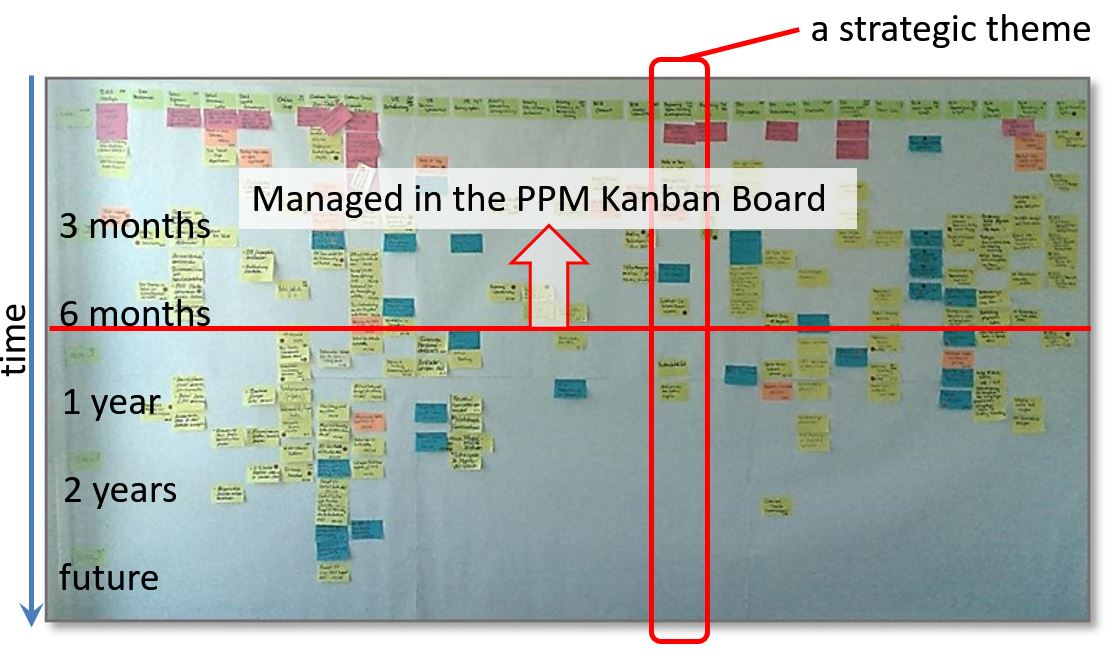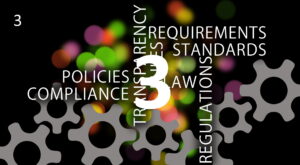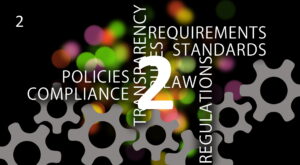
Lean PPM step 1: A company wide Kanban system – where to start ?!
My blog “Herding ants – so many opportunities, where to start?” listed some of the “post migration” main problems Digitec Galaxus currently is facing. The need to prioritize the work aligned to strategic goals but still preserve the agile and flexible way of dealing with changes was given.
The problem of us was that our backlog contains far too many items. I counted over 1200 items on different abstraction and maturity levels, sizes and of different types (bugs, features, ideas, …). The overview got lost and with this the chance to select and prioritize.
Working on a white wall with sticky notes and a technique like story mapping was not establish in our company. So applying Jeff Patton’s story mapping technique for clustering, selecting the important stories, identifying a walking skeleton and getting rid of deprecated stories just was not possible. Working with white walls besides feeding a sprint was unknown at all. Teaching and coaching this is interesting and valuable. Unluckily that takes some time until the teams are enabled to apply this and produce an outcome. I put this technique into my backlog and moved it a bit down. We needed an approach that produced faster outcome.
Well, that sounds like some kind of implementation of an agile framework might fit, addressing the needs of a larger organization. I personally know and expertimented with elements out of the frameworks and approaches
- SAFe by Dean Leffingwell,
- LESS by Craig Larman,
- Evidence-Based Management for Software Organizations (previous called Agility Path).
- DAD by Scott Ambler.
With the consulting mindset of my previous work the temptation was high to go for one of these framework and to implement it in some adoption following my intentions. I had a grass play area. Well – I decided different.
I reminded myself on the approach: create a vision about a direction to improve and apply a series of small experiments to move towards the vision. First step in this approach is to create a common vision. To do so you first need to know about the different visions that are around in the minds of the different people. I started with a workshop about “agile portfolio management” with a set of involved persons like the team lead for business analysis, the head of engineering, one of the CEO’s and some team members that already work on a first concept of a portfolio management and innovation process.
Of course the attendees of the workshop expected my again to present a ready-to-go solution that fits for us. I started presenting SAFe with the background not to implement SAFe as it is. I used the SAFe picture to present a potential vision and to point at some important mechanisms and techniques relevant for organizing things in an agile way for a larger organization. This started a positive discussion what the requirements and constraints of the different stakeholders in this room were. We were able to create a common vision and picture as following:
- We need to manage items on a higher abstraction level then user stories used in the product backlog of (software) engineering.
- Such an item (a project?) aligns to strategy and shall deliver an outcome that creates business value.
- We need to re-prioritize items fast in case of external events.
- No item shall block our system so that other items have to wait.
- We want to follow the lean idea to limit the number of items we work on in parallel. So to say we introduce a work in progress (WIP) limit for the items in progress.
- We want to manage all types of work in this system: work that ends up in implementation of software, conceptual work (for example a new concept to organize a core process), organizational work (for example re-organizations), and combinations of these work types.
- We need a transparency for everybody in Digitec Galaxus. As we are distributed over several location (logistics, retail shops, headquarter) a tool support is required. As we already use Atlassian Jira, it would be wise to go for a Jira implementation of whatever we do.
- We need to offer the departments the chance to implement tiny software related changes and improvements in a fast way.
The SAFe image for sure influenced. The idea to use three abstraction levels of requirements and a Kanban system around the highest abstraction level was convincing. So we agreed about the first experiment: Beside the two already as default in Jira built-in abstraction levels of user story and epic we create a third and more abstract issue type we called initiative.
That was a start – no we had the tasks to work different from tomorrow on.
 Next Post
Next Post

